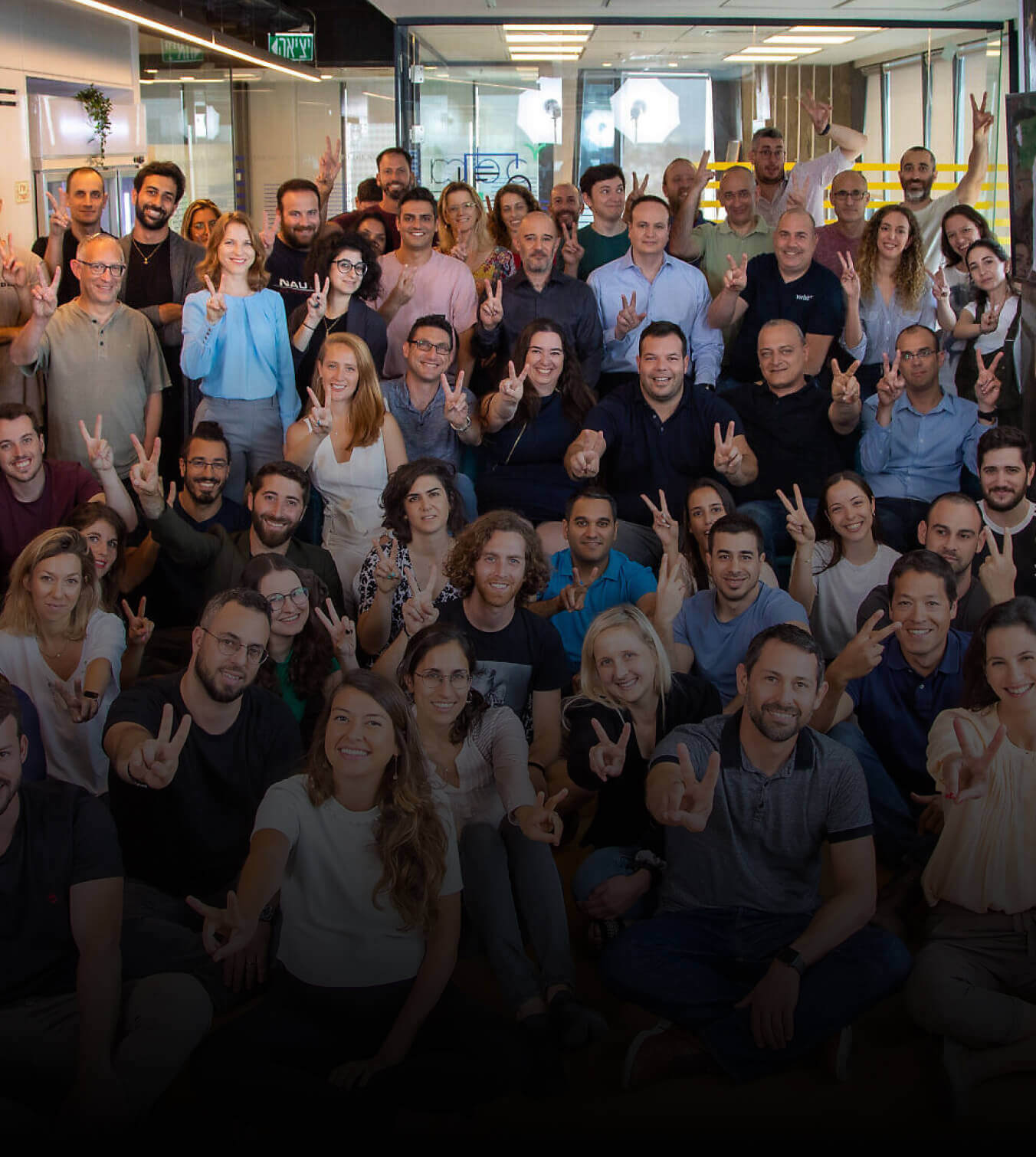The rise of meal-planning apps is a testament to the increasing demand for healthier, more organized lifestyles.
With people becoming more health-conscious, there has been a significant increase in the number of individuals who strictly plan their meals weekly. In fact, research says that 29 percent of people in the US plan their meals weekly to gain health benefits. With this increasing demand for healthy meal planning, meal planning apps have emerged as a popular solution for those looking to streamline their meal planning process.
But with countless meal-planning apps flooding the market, how do you pick the perfect one? Here, we’ll explore the top features that set highly profitable meal-planning apps apart from the rest. Let’s begin.
What are Meal Planning Apps & Why are they Important?
Meal planning apps are designed to provide personalized meal plans and recipes to users, based on their individual preferences, dietary needs, and lifestyle choices. With the help of these apps, users can create grocery lists, track their calorie intake, and even receive reminders for meals and snacks throughout the day.
The importance of meal-planning apps lies in the fact that they simplify the planning process and make it more accessible to a broader audience. Restaurant app development services are an essential component of the meal-planning app industry. These apps are designed to cater to specific dietary requirements and food preferences, making the meal-planning process even more tailor-made.
As our lives become more hectic, it can be challenging to devote time and energy to planning healthy and nutritious meals for ourselves and our families. Meal planning apps offer a hassle-free solution to meal planning that can save users both time and money.
The statistics speak for themselves. According to recent studies, the overall valuation of meal-planning apps increased at a CAGR of 21.40 percent. Last year, the valuation of these apps reached an impressive USD 2,187.63 million. And that’s not all! The overall market value of these apps is expected to surpass $15,017.42 million in upcoming years, making it one of the fastest-growing segments.
A Brief Overview of Meal Planning App Features
If you love to plan meals but hate the stress and uncertainty that comes with it, then meal-planning apps are the way to go. However, the rise in demand for these apps has led to a surge in mobile app development services with expertise in meal-planning apps. We’ve listed a few popular features you should consider in such apps.
1. Recipe Collection
The Recipe Collection feature is one of the primary functions you will find in most meal-planning apps. Essentially, this feature allows you to collect and organize recipes in one location. It is an excellent tool for keeping track of your favorite recipes, trying out new ones, and planning future meals. It allows you to create a virtual cookbook tailored to your needs. Some apps use this feature to provide users with healthy, well-rounded meal options and nutrition information.
The Recipe Collection feature is crucial because it allows users to organize their recipes easily. Rather than digging through a pile of cookbooks, users can access their entire collection with a few clicks. This feature also allows for customization and flexibility when planning meals. It can also be an excellent tool for those who want to meet specific dietary needs.
2. Grocery List Building
The Grocery List Building feature is another essential component of meal-planning apps. It allows you to compile a list of the food items you must purchase for your meals. Only a few meal-planning apps allow users to scan barcodes, set reminders, and categorize items.
This feature is essential because it helps users save time and money. By creating a list of items to purchase beforehand, users can cut back on unnecessary purchases and prevent food waste. Additionally, this feature can help users stick to a budget and ensures that users have all the necessary ingredients to reduce last-minute grocery store trips.
3. Precisely Planned Meals
This feature allows users to plan their meals according to dietary restrictions, food preferences, and personal goals. Users can select from various meal plans that cater to specific lifestyle choices such as keto, vegetarian, or paleo. Additionally, the feature allows for the customization of meals based on calorie intake and nutritional value.
Knowing what to eat beforehand helps individuals avoid unhealthy food choices when hungry and pressed for time. It takes the guesswork out of meal planning, giving users the tools needed to create delicious and healthy meals that align with their goals.
4. Add Your Meals or Skip by Choice
This feature allows users to manually add meals to their plans or skip meals. For instance, if users have a special event or prefer to eat out, they can skip a meal in their plan without disrupting the rest of their meal schedule.
It lets users stay on top of their meal plans while accommodating their busy lifestyles. This feature also allows for more personalization of meal plans, allowing users to choose what and when they want to eat.
5. Options for Dietary Restrictions
Many meal-planning apps offer options for dietary restrictions, such as gluten-free, vegetarian, or vegan. This feature ensures you can still enjoy delicious, nutritious meals that align with your dietary needs.
For individuals with dietary restrictions, meal planning can be a daunting task. Having a meal planning app that offers customized options for dietary restrictions makes the process much easier, empowering individuals to take control of their eating habits and make healthy choices.
6. User-Friendly Interface
Finally, user-friendly interfaces make meal-planning apps accessible and enjoyable to use. With a focus on user experience, an app development company can implement design strategies that make the app visually engaging and easy on the eyes.
A user-friendly interface is crucial to the success of any app. Meal planning apps that prioritize design and ease of use make users more likely to stick to their meal plans, achieving their health and fitness goals.
7. Diet-Compatibility
Meal planning apps often include information on diet compatibility, making it easier to adhere to specific diet plans, such as the keto diet, paleo diet, or Whole30. This feature ensures that you stay on track with your eating goals by providing meal options that align with your diet plan.
Maintaining a specific diet plan can be challenging, particularly regarding meal planning. With diet-compatibility options, meal-planning apps simplify the process, making it easier to stay on track with your diet goals.
8. Monitoring Your Fitness and Health Goals
Many meal planning apps offer fitness and health tracking options, allowing users to monitor their progress towards their goals. These apps may include features such as calorie tracking, step tracking, and exercise tracking, making it easier to see the impact of diet and exercise on overall health.
Tracking progress toward fitness and health goals is essential to staying motivated and achieving success. Meal planning apps that include tracking features help users stay on track with their goals, providing motivation and actionable data.
What To Look For While Choosing the Best Meal Planner App?
A great way to ensure the right meal planner app is to look for ones developed by fitness app developers who have experience creating user-friendly and well-designed nutrition and fitness apps. Here’s what you should look for in the best meal planner app.
1. Recipe Database
First and foremost, any meal planner app should have a recipe database. You want an app that offers many recipes, including breakfast, lunch, dinner, snacks, and desserts. The recipes should be diverse, ranging from simple to gourmet, and cater to different dietary needs and preferences. Also, look for an app that allows you to save your favorite recipes and easily access them in the future.
2. Automatic Meal Planning
Automatic meal planning is another essential feature to consider. This feature allows you to generate a meal plan for a specific period, such as a week or a month, based on your preferences. The app will consider your dietary restrictions, ingredients on hand, and favorite recipes to develop a practical and realistic meal plan. It can eliminate the stress of planning meals for the week and save time.
3. Grocery Planner
A good meal planner app should also include a grocery planner that makes it easy to generate a shopping list. This feature should allow you to add and remove items from your list, categorize them by aisle, and check them off as you shop. It should also update your inventory when you purchase groceries, ensuring you never run out of essentials.
4. Dietary Preferences
Last but not least, if you have specific dietary requirements or preferences, such as gluten-free, vegan, or paleo, look for an app that caters to them. The app should offer various recipes that meet your dietary restrictions, and the grocery planner should reflect your dietary preferences.
How Zazz Created the Ideal Protein App for Weight Loss & Health Planning?
If you’ve tried multiple diets and weight loss programs without success, you should try the revolutionary Ideal Protein App. This user-friendly app helps you lose/gain weight but encourages and guides you to maintain a healthy lifestyle. Here’s how our team of expert developers has crafted it:
1. Innovative App Development
To develop an innovative app that meets all of our client’s requirements, our team had to step up to the plate. The Ideal Protein project demanded we oversee all aspects, from ideation to app maintenance. We aimed to create an app that can help users lose weight and maintain a healthy lifestyle, and we made sure our focus never faltered.
2. User-centric Interface and Easy Sign-up Process
The interface of the Ideal Protein app had to be user-friendly and intuitive, so users could easily use it to lose weight and maintain a healthy lifestyle. We worked hard to develop a simple, visually pleasing, and easy-to-use UI/UX design.
The sign-up process for the Ideal Protein app is seamless. If you’re a new user, click the Sign-up button and provide your email ID. Enter a robust password and start to use the app instantly.
3. Tracking Progress and Access to Videos
The Ideal Protein app is equipped with graphs that allow users to monitor their progress. Tracking your progress will enable you to remain motivated and set new targets. The Ideal Protein app gives you access to our video library, where you can set weight loss goals and stay informed about the best practices for maintaining a healthy lifestyle.
4. Adherence to Protocols and 24/7 Support
The app was designed to guide users through each protocol phase, focusing on limiting carbohydrate intake to encourage the body to use its fat stores for energy.
Weight loss can be a challenging journey that requires support and guidance. That’s why we built the app to provide users with 24/7 support from a dedicated team of coaches. The app allows for secure communication, providing users with personalized feedback and guidance to help them achieve their weight loss goals.
Get a free consultation to learn how Zazz can help your business thrive in the digital age. We’ll help you achieve success with a customized mobile app that truly delivers results.
Recent Articles
Zazz.io Recognized as a Top Mobile...
When it comes to mobile app development and digital transformation...
Impact Of Google Bard on Mobile...
Artificial Intelligence has caused an irreplaceable disruption in almost every...
Cost of Building a Real Estate...
100 million+ homes listed in some of the most preferred...










